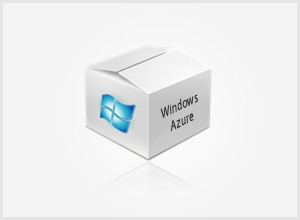 As we continuing our series on Windows Azure Basics, this week we explore the different options available in Windows Azure Storage.
As we continuing our series on Windows Azure Basics, this week we explore the different options available in Windows Azure Storage.
Scalable storage services are available in Windows Azure for both structured and unstructured data:
- Applications are able to scale for storing hundreds of terabytes of data.
- For better performance, storage services can scale out data access.
Note that storage services run independently of the Azure’s hosting services.
For accessing Windows Azure storage it is necessary to have a storage account that is created through the Windows Azure portal web. Users are allowed to create up to five accounts by default. Each storage account:
- Is related to a peculiar geographical location.
- Is able to hold up to 100 terabytes of data of any combination of blobs, tables, queues, and drives.
- Can have an unlimited number of containers
- Has an account level limit.
Access to Windows Azure storage requires authentication. Each account has two 256-bit symmetric keys. Applications must access Windows Azure storage through a Representational State Transfer (REST) based API:
- Clients using a HTTP stack can access storage services. HTTP requests must follow REST conventions.
- The best performance is achieved by placing your data with services that run in Windows Azure.
- Libraries are available in the .NET framework for interacting with REST-based services at different abstraction levels. Direct HTTP calls are made through the WebRequest class.
- Specialized client libraries which provide domain models for a Windows Azure services are available in the Windows Azure SDK.
- REST-based services can also be accessed through platforms such as JAVA, PHP, and Ruby and with any programming stack that can handle HTTP requests.
As with hosted services, storage services are fault-tolerant and highly available. Replication of data takes place within the data center and the geographic region. Bit decay is prevented by continuous scanning and through maintaining three copies of the data.
In our post next week we will look at the different types of Windows Azure Storage.
